Understanding Feline Jealousy
Cats, those enigmatic creatures that lounge on our furniture and captivate our hearts, are more complex than they appear. Like humans, they too can experience the pangs of jealousy. Jealousy in cats often arises when they feel threatened by another pet or even a person. This emotion can manifest in various ways, sometimes subtly and other times quite overtly. It’s crucial to recognize that jealousy in cats isn’t a sign of malice but rather a reflection of their need for security and attention. By understanding this, cat owners can create a more harmonious environment for their furry friends.
Signs Your Cat Might Be Jealous
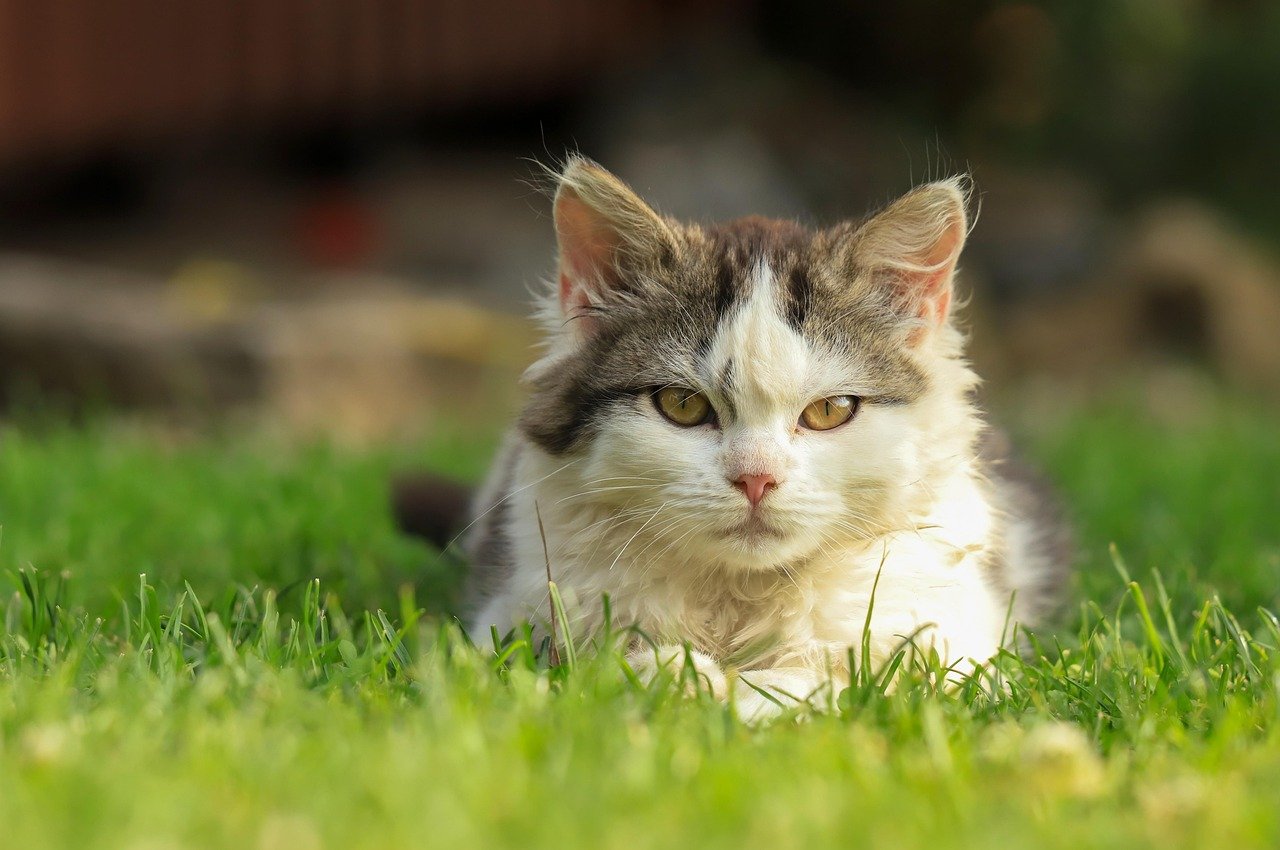
Detecting jealousy in cats isn’t always straightforward. One common sign is increased aggression, either directed towards the object of their jealousy or displacing it onto something else, like a toy. Another indication is clinginess; a jealous cat may follow you around more than usual, seeking constant attention. Changes in behavior such as excessive grooming or neglecting the litter box can also be signs. If your cat suddenly becomes aloof or starts hissing at other pets, jealousy might be at play. Observing these changes can help you address their emotional needs promptly.
Why Cats Feel Jealous
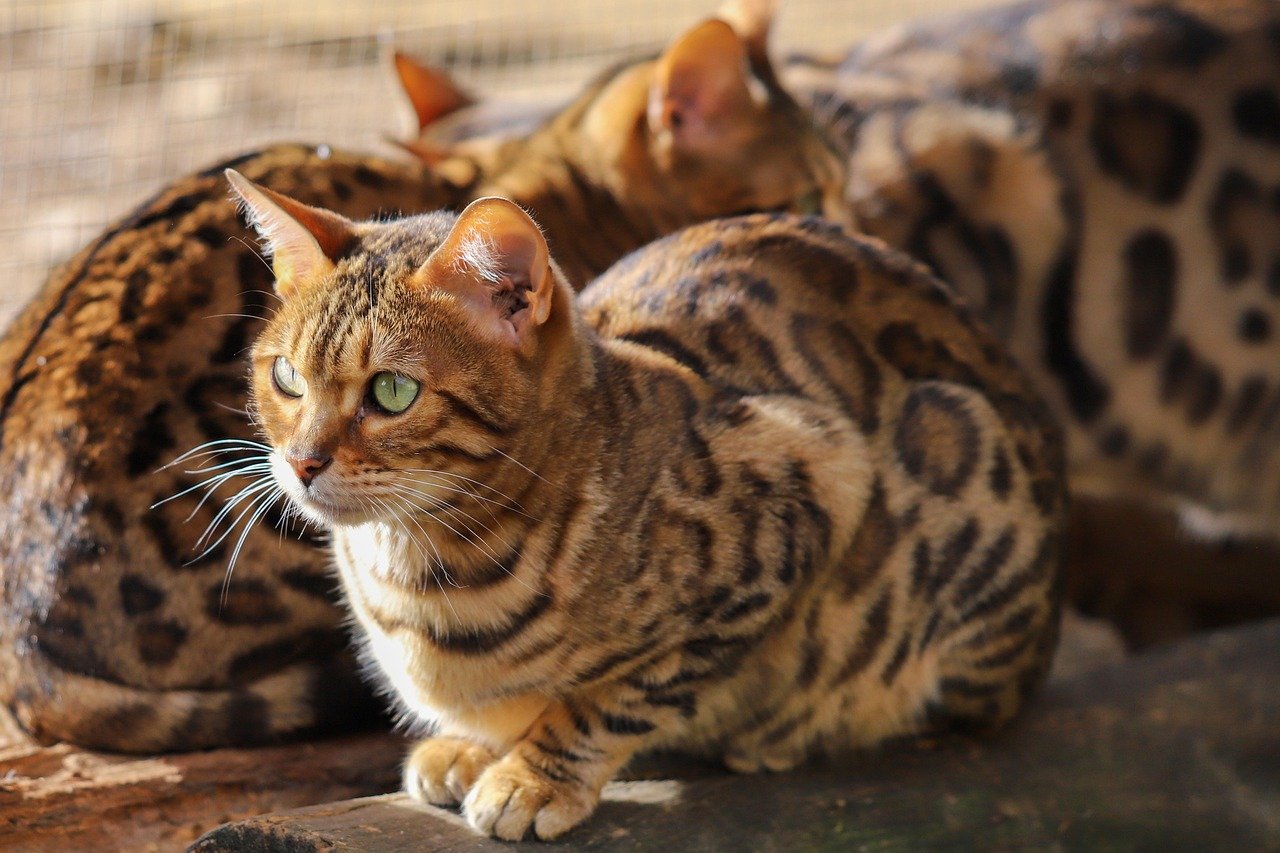
Jealousy in cats primarily stems from competition for resources. This includes food, toys, and, most importantly, your attention. When a new pet enters the household, the established cat might feel their territory or bond with you is threatened. Cats are territorial creatures, and any perceived encroachment on their space can trigger feelings of jealousy. Additionally, changes in routine or environment can exacerbate these feelings. Understanding the root causes of jealousy can guide pet owners in managing and mitigating these emotions.
Jealousy vs. Territorial Behavior
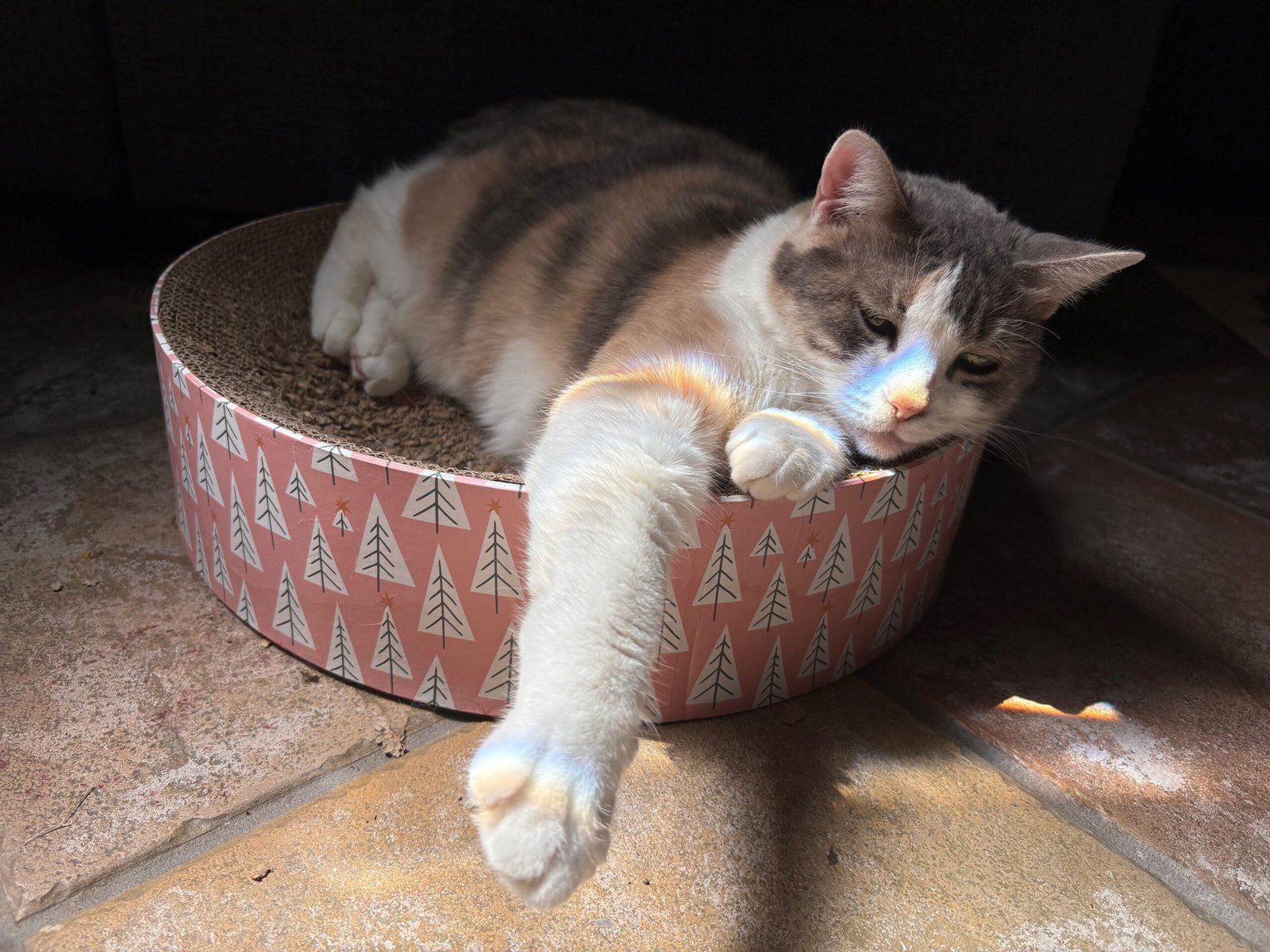
While jealousy and territorial behavior may seem similar, they are distinct. Territorial behavior is about protecting space, while jealousy is about protecting relationships. A cat might become territorial if another pet invades its favorite napping spot, but jealousy arises when it perceives that another pet is receiving more affection. It’s important to differentiate between the two, as they require different approaches. While territorial issues might be resolved by providing separate spaces, jealousy often requires reassurance and balanced attention.
Impact of Jealousy on Cat Health
Chronic jealousy can have negative effects on a cat’s health. Stress from jealousy can lead to physical symptoms such as loss of appetite, over-grooming, or even urinary tract issues. A stressed cat might also exhibit destructive behavior, damaging furniture or household items. Long-term stress can weaken their immune system, making them susceptible to illnesses. It’s essential for cat owners to address jealousy promptly to prevent these health issues. Providing a stable and loving environment can mitigate the adverse effects of jealousy.
Managing Multiple Cats in One Household
Living with multiple cats requires careful management to prevent jealousy. Each cat should have its own space where it feels safe and secure. Separate feeding areas can prevent competition over food, a common trigger for jealousy. Providing individual attention to each cat is crucial; this can be as simple as setting aside time for one-on-one play or grooming sessions. Rotating toys and engaging in interactive play can also help keep jealousy at bay. By ensuring each cat feels valued, you can foster a peaceful multi-cat household.
Introducing a New Cat to the Home
Bringing a new cat into your home requires a thoughtful approach to prevent jealousy. Start by keeping the newcomer in a separate room, allowing the resident cat to get used to the new scent gradually. Slowly introduce the cats through short, supervised interactions, rewarding positive behavior with treats. It’s important to maintain routines and not neglect the existing cat’s needs for attention and affection. By easing into the introduction, you can reduce the chances of jealousy and promote a friendly relationship between the cats.
Creating a Harmonious Cat Household

Harmony in a multi-cat household doesn’t happen overnight but is achievable with patience and effort. Providing plenty of resources, such as litter boxes, scratching posts, and toys, ensures each cat has enough to feel secure. Establishing routines can help cats know what to expect and reduce anxiety. Encouraging positive interactions through play or shared activities can strengthen bonds. Most importantly, being attentive to each cat’s emotional needs fosters a loving and peaceful environment.
The Role of Play in Reducing Jealousy
Play is not just a pastime for cats; it’s a vital part of their emotional well-being. Engaging in interactive play can help reduce jealousy by providing an outlet for pent-up energy and stress. Toys that mimic prey can satisfy a cat’s hunting instincts and redirect any aggressive or jealous behavior. Group play sessions can also promote positive interactions and alleviate tension between cats. By prioritizing play, you can create a more balanced and happy household for your feline companions.
Handling Aggression Stemming from Jealousy
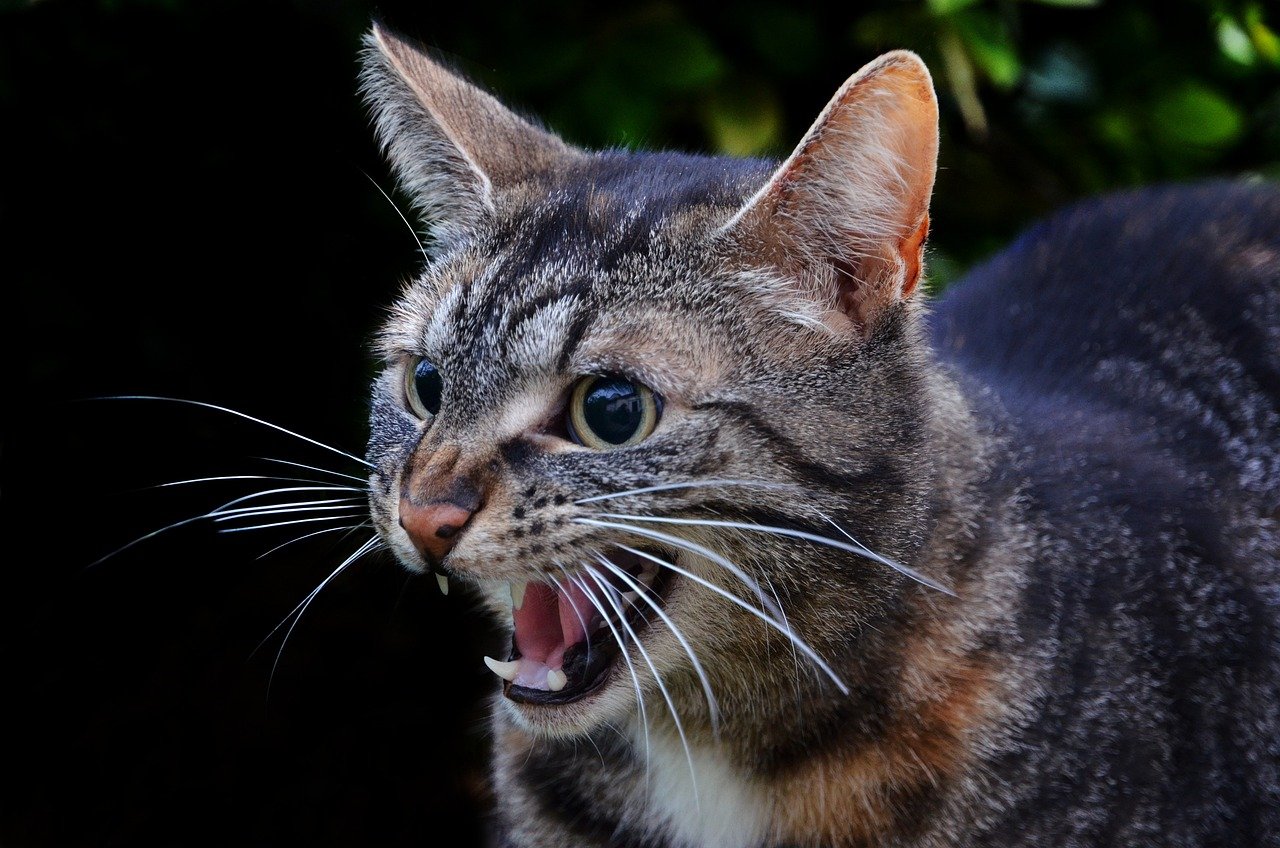
Aggression is a common response to jealousy in cats, but it can be managed with the right strategies. Understanding the triggers is the first step; is it a particular pet or situation that incites aggression? Providing alternative outlets for aggression, such as scratching posts or interactive toys, can help. It’s also crucial to never punish a cat for aggressive behavior, as this can exacerbate stress and jealousy. Instead, positive reinforcement for calm behavior can encourage more harmonious interactions.
Reinforcing Positive Behavior
Positive reinforcement is a powerful tool in managing jealousy in cats. Rewarding desired behaviors with treats, affection, or playtime can encourage your cat to repeat these actions. For instance, if a jealous cat allows another pet to sit nearby without reacting, a small treat can reinforce this peaceful behavior. Over time, positive reinforcement can help reshape a cat’s response to jealousy, promoting a more relaxed and friendly demeanor. Consistency is key, as cats thrive on routine and predictability.
The Importance of Routine
Cats are creatures of habit, and changes in routine can trigger jealousy. Maintaining a consistent schedule for feeding, playtime, and affection can provide a sense of security. When introducing changes, such as a new pet or rearranging furniture, do so gradually to allow your cat to adjust. Predictability in their environment can reduce stress and help manage feelings of jealousy. By prioritizing routine, you can create a stable and comforting atmosphere for your cat.
Understanding Individual Cat Personalities
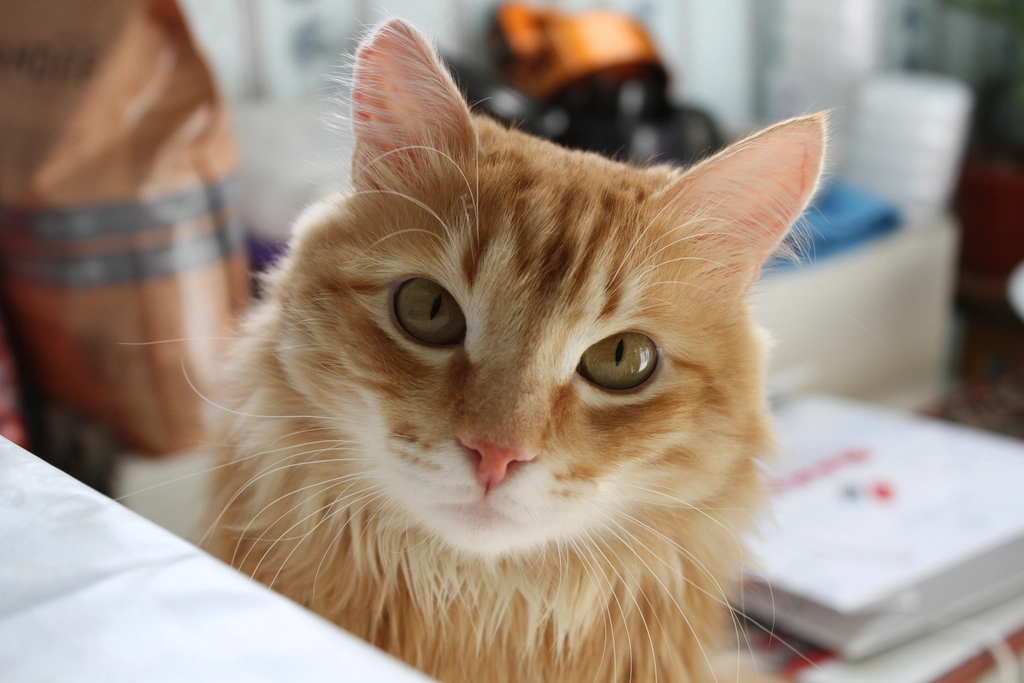
Just like humans, each cat has its own unique personality. Some cats are more prone to jealousy due to their temperaments. Understanding your cat’s personality can guide you in addressing jealousy effectively. A more social cat might require extra attention, while a shy cat might need reassurance in different ways. Tailoring your approach to suit each cat’s personality can foster a more harmonious relationship. By being attuned to their individual needs, you can create a nurturing environment for all your pets.
Managing Human Interactions
Human interactions play a significant role in managing cat jealousy. It’s important to ensure each cat receives equal attention from family members to prevent feelings of neglect. Encouraging family members to engage with all the cats can promote a sense of belonging. If one cat tends to monopolize your attention, try to balance interactions so that each pet feels valued. By fostering inclusive human interactions, you can mitigate jealousy and strengthen the bond with your cats.
Using Pheromone Diffusers for Calmness
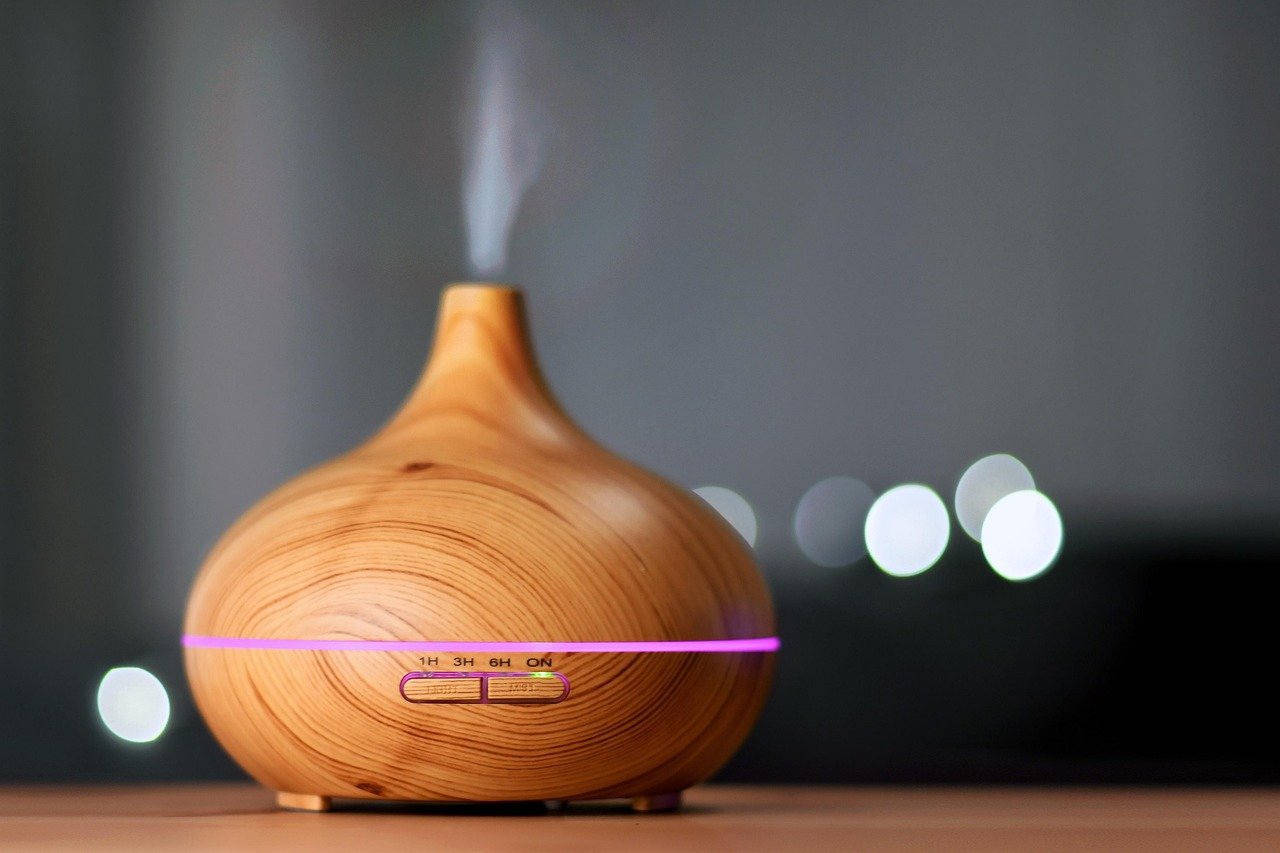
Pheromone diffusers can be an effective tool in managing jealousy and stress in cats. These diffusers release synthetic versions of calming pheromones, creating a soothing environment. They can help reduce tension and promote relaxation, making them especially useful in multi-cat households. While not a standalone solution, pheromone diffusers can complement other strategies in addressing jealousy. By creating a calm atmosphere, you can support your cats’ emotional well-being.
Seeking Professional Help

Sometimes, despite best efforts, jealousy in cats may persist. In such cases, seeking professional help from a veterinarian or animal behaviorist can provide valuable insights. These experts can identify underlying issues and offer tailored solutions. Whether it’s through behavior modification techniques or other interventions, professional guidance can be instrumental in managing jealousy. Don’t hesitate to reach out for help if needed, as addressing jealousy is crucial for your cat’s happiness.
Preventing Jealousy Before It Starts
Prevention is often the best strategy when it comes to managing jealousy in cats. Introducing new pets gradually, maintaining routines, and providing equal attention can prevent jealousy from taking root. Being proactive in addressing potential triggers can save you from dealing with more significant issues later on. By fostering a balanced and attentive environment from the start, you can ensure a peaceful coexistence among your pets. Prevention not only benefits your cats but also enhances your own experience as a pet owner.
Creating Safe Spaces for Each Cat
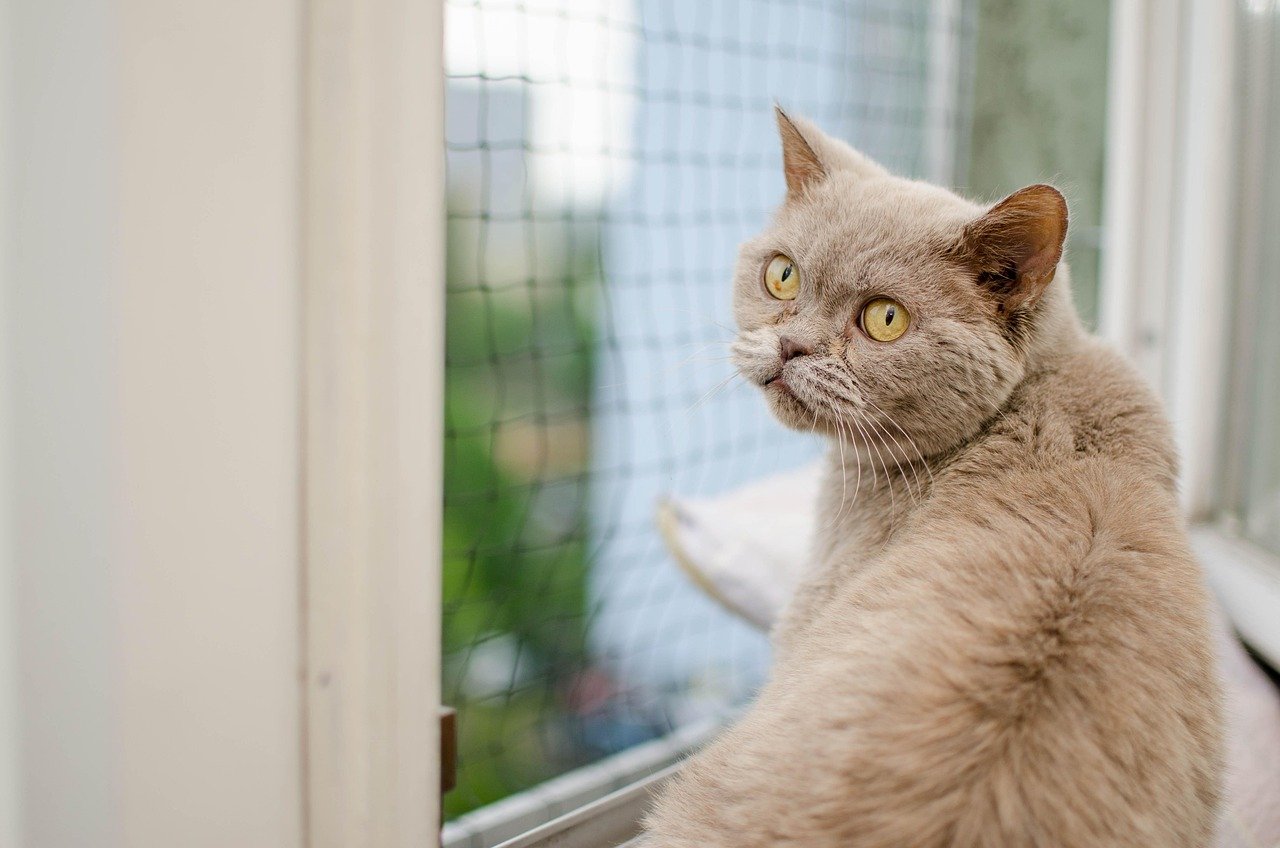
Providing safe spaces for each cat is essential in preventing and managing jealousy. These spaces can be as simple as a cozy bed or a perch where a cat can retreat for solitude. Having a place to call their own can alleviate feelings of competition and provide comfort. By ensuring each cat has a designated safe space, you can reduce the likelihood of jealousy and promote a sense of security. Safe spaces contribute to a harmonious household where all cats feel valued.
The Role of Diet in Jealousy Management
Diet can play a surprisingly significant role in managing jealousy in cats. Ensuring each cat receives a balanced and nutritious diet can prevent food-related competition. Feeding cats in separate areas can also reduce tension during meal times. In some cases, dietary supplements might help in managing stress and anxiety, which can exacerbate jealousy. By prioritizing nutrition and mindful feeding practices, you can support your cats’ overall well-being and minimize jealousy.
Conclusion
Understanding and managing jealousy in cats is a multifaceted endeavor that requires patience and insight. By recognizing the signs, addressing the causes, and implementing strategies such as maintaining routines and providing safe spaces, cat owners can create a harmonious environment. Whether through play, positive reinforcement, or professional guidance, addressing jealousy is essential for your cat’s well-being. Remember, every cat is unique, and tailoring your approach to suit their individual needs can foster a loving and peaceful home for all your feline companions.
Hi, I’m Bola, a passionate writer and creative strategist with a knack for crafting compelling content that educates, inspires, and connects. Over the years, I’ve honed my skills across various writing fields, including content creation, copywriting, online course development, and video scriptwriting.
When I’m not at my desk, you’ll find me exploring new ideas, reading books, or brainstorming creative ways to solve challenges. I believe that words have the power to transform, and I’m here to help you leverage that power for success.
Thanks for stopping by, Keep coming to this website to checkout new articles form me. You’d always love it!






